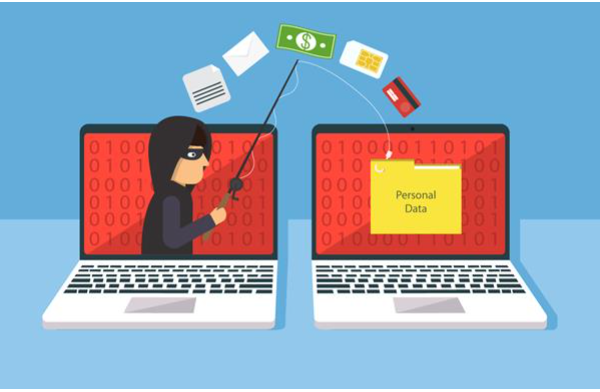A Comprehensive Introduction to Safeguarding Microsoft 365 Compromised Email Accounts
Emails are one of the most vulnerable and targeted points for cybercriminals. Over 91% of cyberattacks begin with emails, as intruders are constantly seeking weaknesses in security to target and steal data from mailboxes such as Microsoft 365 Outlook inboxes. Email attackers may exploit your account by phishing for your password, stealing login information or stealing your session. With these tricks, it becomes possible for attackers to do more harm inside the network, masquerade as someone else or steal valuable information. This article will act as a guidebook that will walk you through how to identify and respond to compromised Microsoft 365 email accounts to minimize damage and prevent future breaches.
The Risk of a Compromised Mailbox
Think about a situation when someone’s email in the finance team is hacked and is being used to send requests for fake urgent wire transfers. There is a high possibility that the transfer proceeds successfully, as the colleagues wouldn’t be suspicious of an email that comes from a trusted source. These kinds of attacks are classified as Business Email Compromises and can lead to significant financial losses from fraudulent transactions, exposure of sensitive data like contracts or intellectual property, or even impersonation and identity theft, allowing attackers deeper access within the organization.
How to Detect a Compromised Microsoft 365 Email Account
Some common indicators that an account may be compromised include logging activity from unfamiliar IPs or locations, routine failed logon attempts or unauthorized account lockout, unexpected email forwarding rules or mailbox delegation, deleted or missing emails, especially without the owner’s knowledge, changes to MFA devices, recovery data or user profiles, and inconsistent activity in Deleted/Moved or Sent folders.
Any of these warning signs should prompt an investigation immediately.
Steps to Secure a Compromised Microsoft 365 Account
As soon as you discover a compromised account, take immediate action:
Block Sign-In for the User – Disable the account through the Microsoft 365 Admin Center to block access.
Revoke Active Sessions – Utilize Microsoft Entra to force sign-out for all sessions, so that attackers are logged out.
Alert Stakeholders – Notify the impacted users and your team. Request others to ignore emails from the compromised account until notice.
Reset the Password – Set a strong and unique password. Don’t recycle previous ones and avoid passing on the password via email.
Enforce Multi-Factor Authentication (MFA) – Turn on MFA for the account and mandate re-registration of authentication devices to avoid reuse of possibly compromised devices.
Review Application Permissions – Attackers can provide permissions to malicious third-party apps. Remove any dubious app consents in Microsoft Entra.
Check Admin Roles and Mailbox Permissions – Delete unnecessary admin roles and examine any mailbox delegation or forwarding rules that may remain after the reset.
Perform Antivirus Scan on User Devices – Ensure the endpoint is clean to eliminate any malware, keyloggers or backdoors that could compromise the account again.
Audit User Activity – Inspect Microsoft Purview’s unified audit logs to pick up on actions that were made while the attacker was present, such as data access and email tampering.
Final Thoughts
The most important thing is to act fast and make sure all the necessary measures are taken when your account is hacked. Even though the steps above tackle urgent issues, prevention such as MFA, special access rules and employee security education is what protects you most. Taking action and being attentive helps reduce the chances and seriousness of digital attacks received through email.

